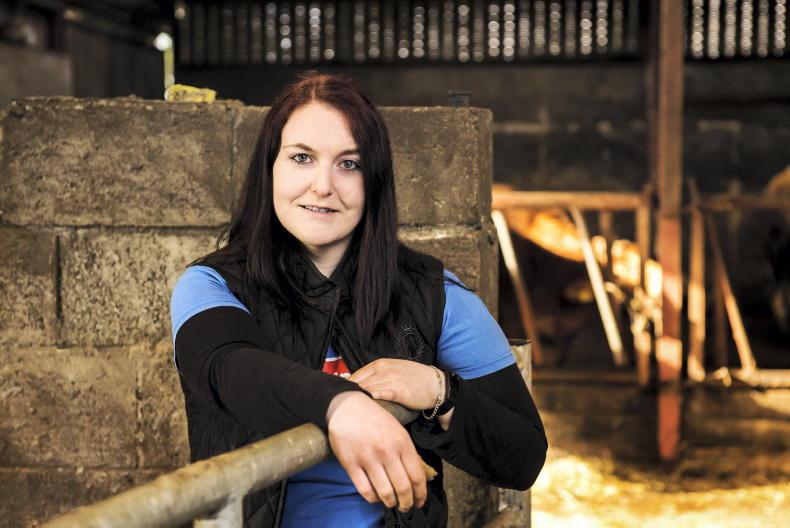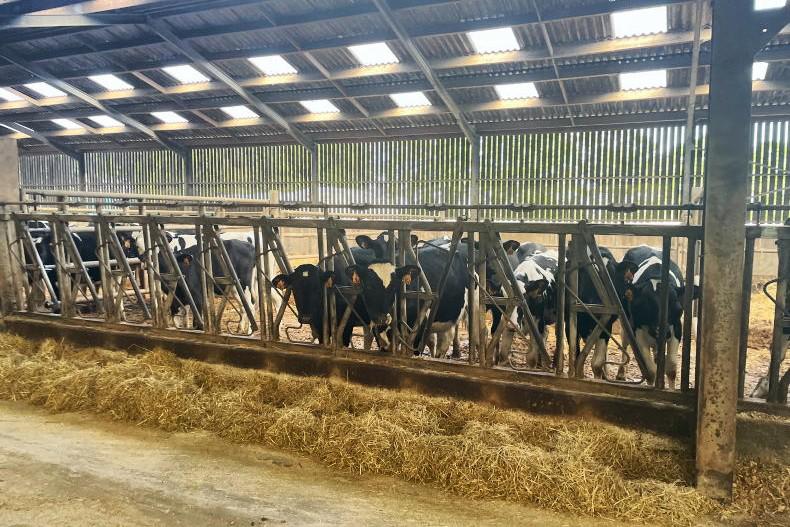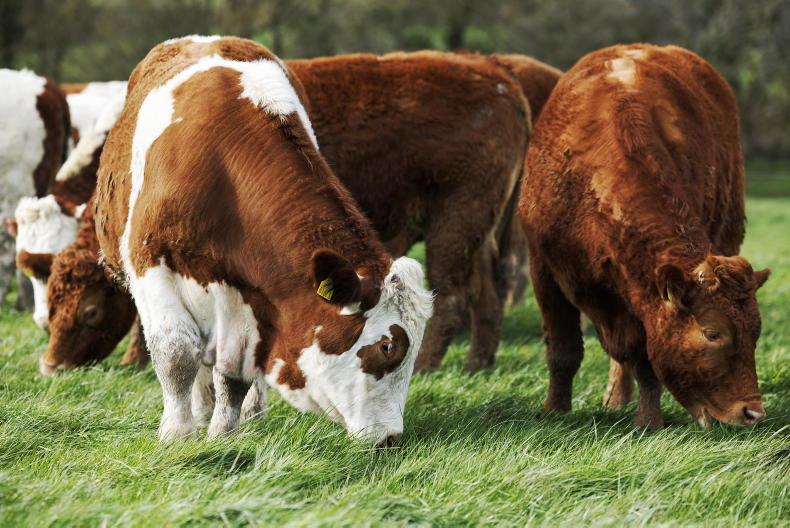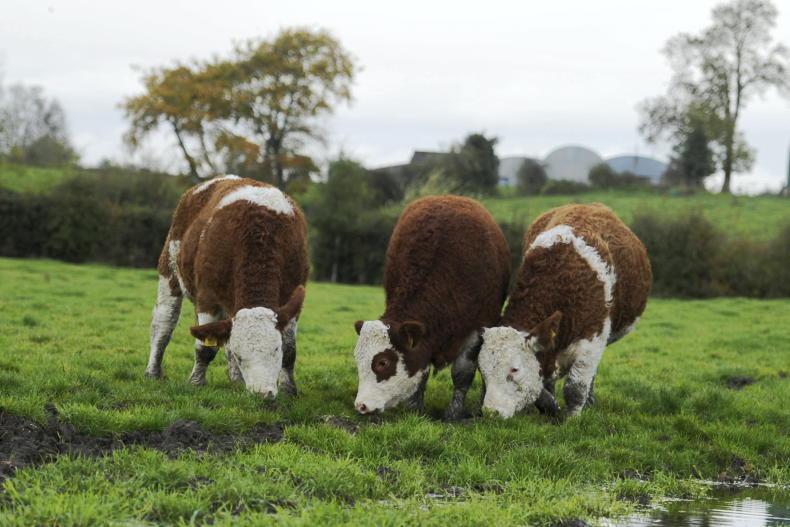The 2022 grazing season is over for most beef farmers in the country. Yet another week of heavy rainfall has lowered grass utilisation to a level that makes it not worthwhile being at grass, while for others ground is completely saturated.
It is unfortunate, as on many farms there remains at least some of the farm with decent covers of grass, and now the challenge will be to get them grazed in spring and hope that they don’t take too much of a hit over the closed period.
Grass growth is still very good for the time of year which will likely mean most farmers will open next spring with a higher-than-usual opening cover. This will need to be taken into consideration when planning spring rotations.
Ger McSweeney – Millstreet, Co Cork
When the rain came the grazing situation changed quite rapidly. All stock have been housed since Friday 4 November. We had been trying to make the best of it up until then but it just got to a stage where they were starting to do damage.
I will do a closing cover in the coming days but I know I have more grass on the farm than I would like. You have to have some flexibility in the system though and be ready to make the most of the conditions if they arrive. If I can I will get the weanlings out to grass again.
Last year I had stock out by day from 23 January so you just never know. This year I am looking at the mineral profile of the silage. I will then get a pre-calving mineral to suit the analysis.
System Suckler to beef
Soil type Variable
Farm cover (kg DM/ha) -
Growth (kg DM/ha/day) -
Demand (kg DM/ha/day) -
Declan Marren – THRIVE Farm, Co Tipperary
The first of the calves were housed this week. Thirty of the lightest came in on Tuesday and will be fed first-cut silage and 1.5kg meal.
We debated bringing in the heaviest calves, but given how low the dry matter in grass is, we felt the lighter cattle would do better inside. Those still out are getting a kilo of meal and have constant access to straw for fibre.
Straw intake has increased significantly over the last 10 days. Stock are moving to fresh grass every three or four days and remain very content. Graze-outs are not as good as we would like.
There is enough grass for another two weeks or so if weather allows, but if there are a few wet days early next week it could spell the end of grazing for 2022.
System Dairy calf to beef
Soil type Mostly dry
Farm cover (kg DM/ha) 1021
Growth (kg DM/ha/day) 28
Demand (kg DM/ha/day) 16
Wesley Browne – Dunraymond, Co Monaghan
We started housing on 10 October and everything was in a week later. There has been a huge amount of growth since stock were housed but it will be there in spring for the cows and calves.
I target getting calved cows out in February if possible. The average calving date is earlier next spring, so we will need to get some stock out.
Over 90% will calve in less than 10 weeks, with 65% in the first month. Weaning took place this week and the bulls and heifers have been separated. First cut silage is 76% DMD and 15.4% protein.
This will be targeted at the young stock. Last year I finished the U16-month bulls on good silage plus 8kg of meal. The heifers will get this silage plus a kilo of meal to be fit for sale in spring.
System Suckler to beef
Soil type Heavy
Farm cover (kg DM/ha) -
Growth (kg DM/ha/day) -
Demand (kg DM/ha/day) 0










SHARING OPTIONS